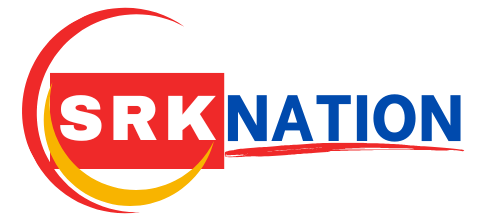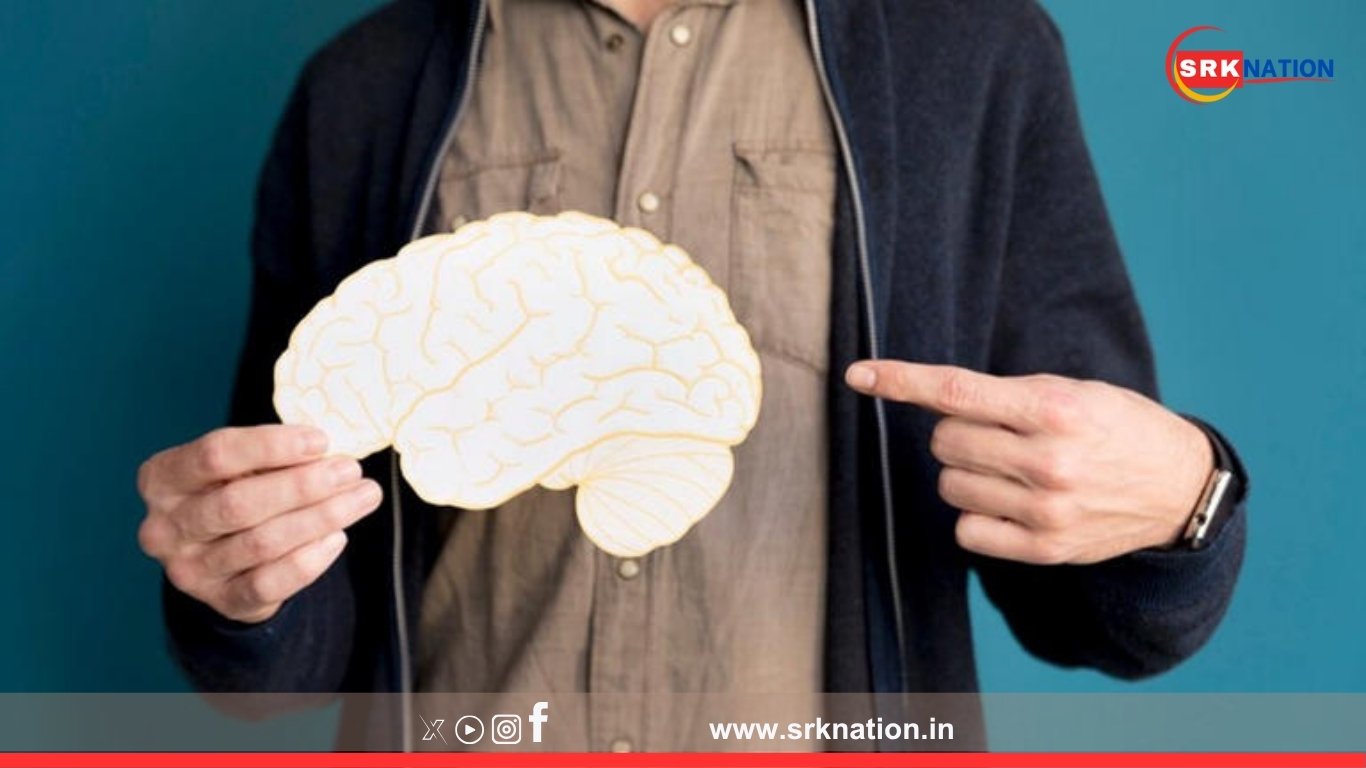Restless Leg Syndrome (RLS), also known as Willis-Ekbom disease, is a chronic neurological condition characterized by an uncontrollable urge to move the legs, often accompanied by uncomfortable sensations such as tingling or crawling. These symptoms typically worsen during periods of rest, particularly in the evening or nighttime, leading to disrupted sleep and diminished quality of life.
While medications and lifestyle modifications remain the primary treatment options, acupuncture has emerged as a natural and effective alternative for managing RLS symptoms. This ancient practice, rooted in Traditional Chinese Medicine (TCM), involves the insertion of fine needles at specific points on the body to stimulate energy flow, known as “Qi,” and restore balance.
Benefits of Acupuncture for RLS
- Improves Blood Circulation: Acupuncture enhances blood flow to the legs, alleviating discomfort caused by poor circulation.
- Regulates Dopamine Levels: Dopamine dysfunction is often linked to RLS. Acupuncture’s ability to balance neurotransmitters can significantly reduce symptoms.
- Reduces Stress and Anxiety: Many individuals with RLS experience stress and insomnia. Acupuncture calms the nervous system, promoting relaxation and better sleep.
- Minimal Side Effects: Unlike medications that may cause drowsiness or dependency, acupuncture is a safe option with minimal risks when performed by a licensed practitioner.
Studies have shown promising results, with patients reporting improved sleep quality and reduced leg sensations after consistent acupuncture sessions. Experts recommend consulting a qualified acupuncturist to tailor treatments based on individual health history and symptoms.
As awareness of alternative therapies grows, acupuncture is gaining recognition as a holistic approach to managing RLS, offering relief to those seeking natural solutions. Stay tuned for more updates on advancements in healthcare and wellness.











